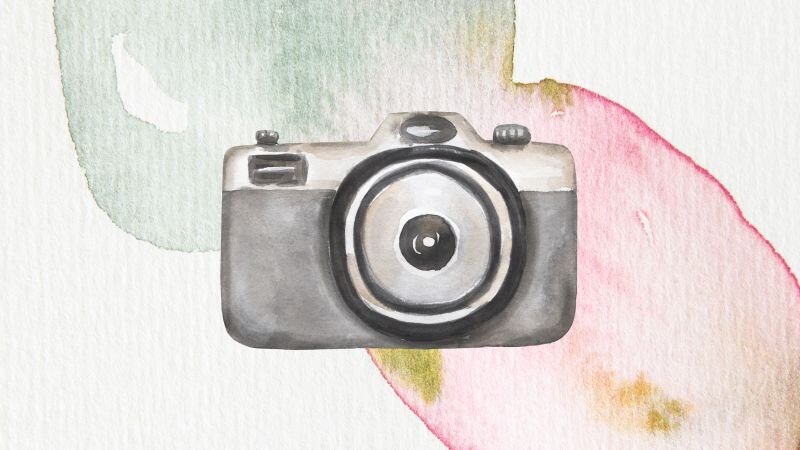A therapist’s voicemail script should be warm, professional, and to the point. You can find a template to use below, or create your own voicemail with the following components.
First, identify yourself to confirm your caller has reached the right place. Tell your caller their message is confidential, if you’re using a confidential voicemail service. Then instruct your caller about what to do if they’re in an emergency situation, such as experiencing thoughts of self-harm or suicidal ideation.
Next, provide next steps for the caller. Ask for your caller’s contact information and message, so you know what they need when you return their call. If pertinent, you can direct your caller to your website or to email you to book a consultation or appointment.
It may help to notify your caller about how quickly you return calls, so they know what to expect — for example, if it normally takes you two business days to return calls, be clear about that. End the call warmly, affirming you’re looking forward to connecting with the caller soon.



